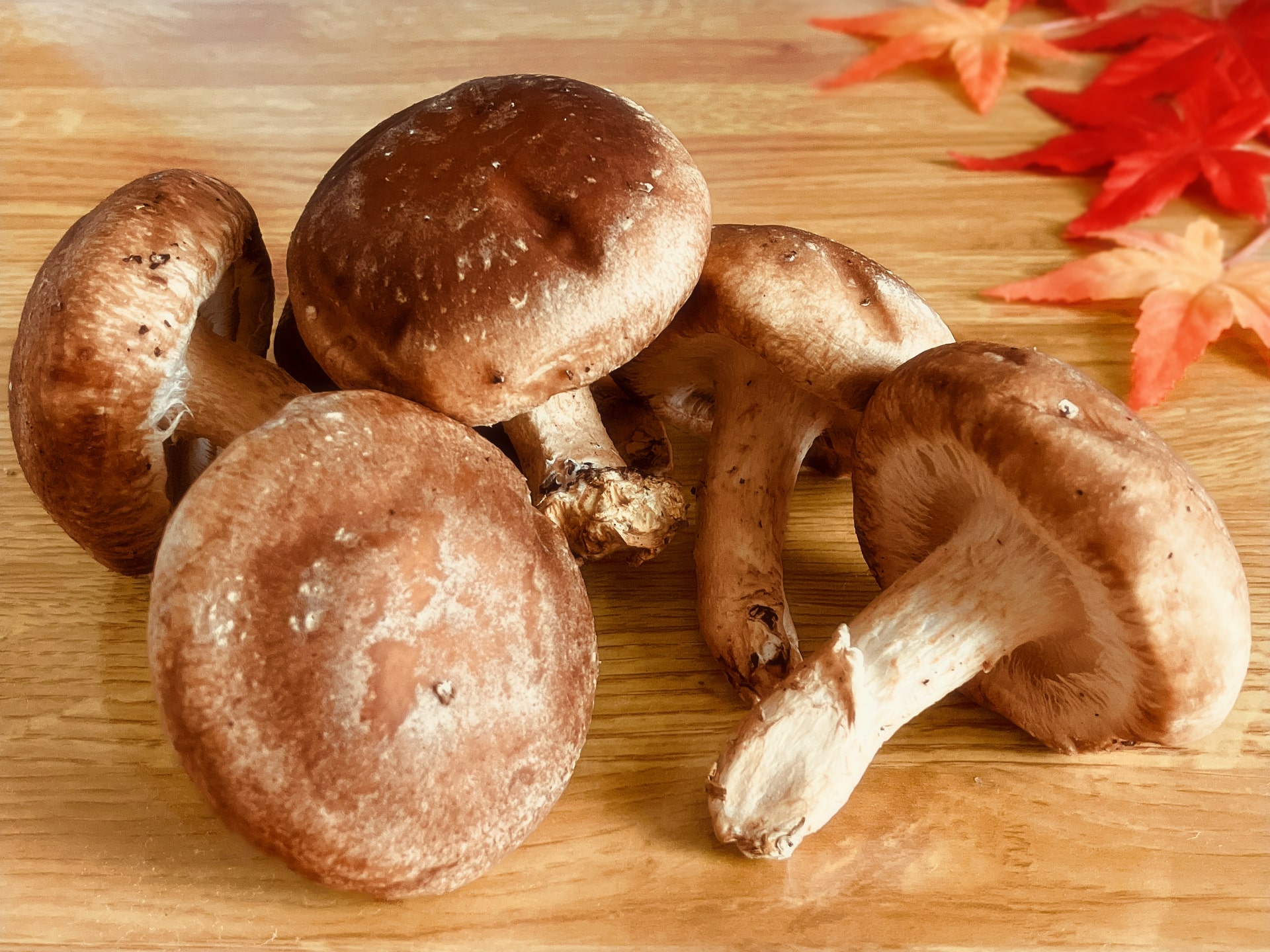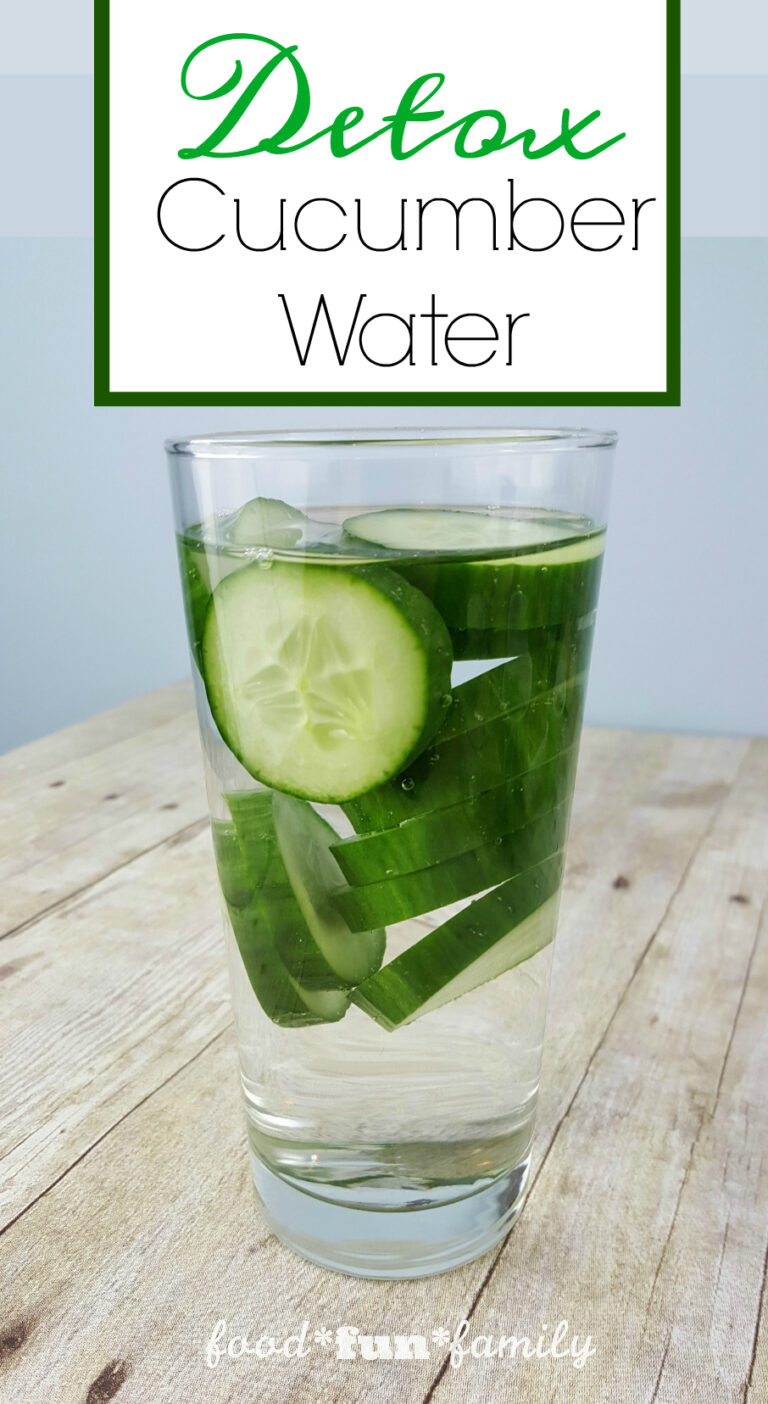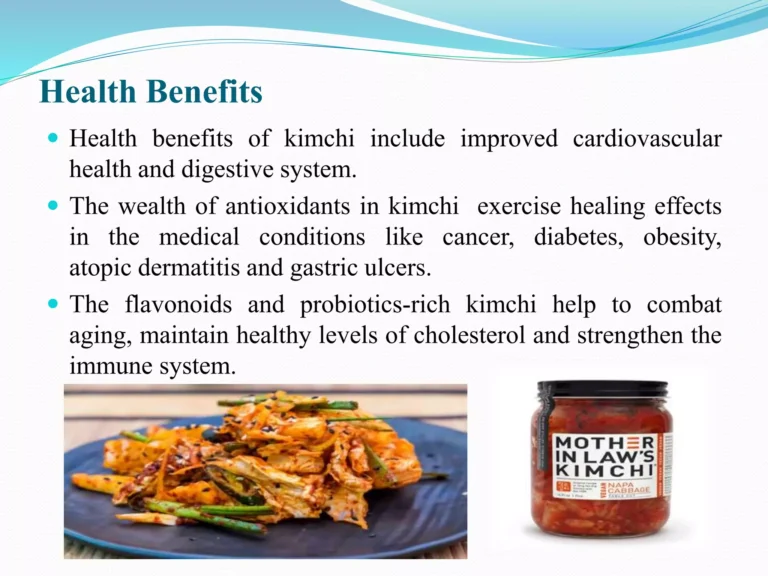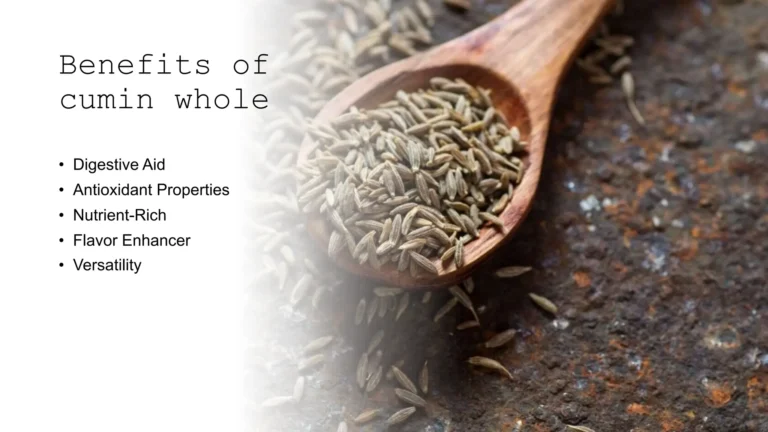A Fungal Friend: Integrating Shiitake Mushrooms into a Plant-Based Diet
The kitchen, for many of us, is a canvas, a laboratory, and a sanctuary. It’s a space where ingredients transform, where cultures collide, and where stories are simmered into existence. For me, the journey into plant-based living began as a culinary adventure, a quest for vibrant flavors and wholesome nourishment. And along this path, among the verdant greens, robust legumes, and ancient grains, I encountered a quiet, unassuming hero: the shiitake mushroom. It wasn’t love at first sight, perhaps, but a slow, unfolding appreciation, much like the gentle unfurling of a dried shiitake cap in warm water. This humble fungus, with its earthy aroma and rich umami depth, has since become an indispensable friend, a cornerstone in my plant-based repertoire, and a testament to the sheer abundance and generosity of the natural world.
This is not merely an ode to a mushroom; it is a narrative of discovery, a deep dive into the profound integration of Lentinula edodes into a diet increasingly defined by its compassion, sustainability, and vibrant health. For the knowledgeable palate and the curious mind, the shiitake offers far more than just a fleeting flavor; it presents a complex tapestry of history, nutrition, culinary artistry, and ecological mindfulness.
The Whispers of Ancient Forests: Shiitake’s Storied Past
Before we delve into the science and the sizzle, let us journey back in time, to the misty, ancient forests of East Asia, where the shiitake first whispered its secrets to humanity. Its origins are deeply rooted in the culinary and medicinal traditions of China and Japan, dating back over a thousand years. Historical records suggest its cultivation began in China during the Song Dynasty (960-1279 AD), where it was revered not just as a food source but as a potent tonic, believed to bestow longevity and vitality. The name "shiitake" itself is Japanese, derived from "shii" (an oak-like tree, Castanopsis cuspidata, on which the mushroom traditionally grows) and "take" (mushroom).
Imagine the early foragers, trekking through damp woodlands, stumbling upon clusters of these dark-capped beauties emerging from decaying logs. They quickly learned of its distinct flavor, its ability to transform simple broths into rich elixirs, and perhaps, through observation and empirical wisdom, its restorative properties. For centuries, its cultivation was an intricate dance with nature, involving the careful inoculation of logs with mushroom spores – a slow, patient process that yielded precious harvests.
This ancient reverence is not merely historical quaintness; it speaks to an intrinsic understanding of the shiitake’s inherent value. It was a prized commodity, often reserved for royalty and the elite, and its knowledge spread across Asia, becoming a staple in various culinary traditions. Its journey from a wild forest inhabitant to a cultivated culinary star is a testament to its enduring appeal and its profound impact on human well-being, paving the way for its modern-day global embrace, particularly within the burgeoning plant-based movement.
The Symphony of Nutrients: Beyond the Umami Veil
For the knowledgeable enthusiast, understanding the shiitake is not just about its historical significance or its captivating taste; it’s about dissecting its biochemical makeup, appreciating the intricate dance of compounds that contribute to its celebrated status. While its umami flavor is undeniably its most striking characteristic, the shiitake is a veritable nutritional powerhouse, addressing several common considerations for those on a plant-based journey.
1. The Umami Enigma: A Fifth Taste Sensation
Let’s start with the obvious: umami. This savory, mouth-filling taste is largely attributed to the presence of L-glutamate, a naturally occurring amino acid, and ribonucleotides like guanylate. In shiitake, the concentration of guanylate is particularly high, especially in its dried form. What’s fascinating is the synergistic effect: guanylate, when combined with glutamate (found in tomatoes, soy sauce, nutritional yeast), amplifies the perception of umami exponentially. This is why a simple mushroom broth can taste so incredibly rich and satisfying, mimicking the depth often associated with meat-based dishes. For plant-based cooking, this umami punch is invaluable, adding complexity and satiety without relying on animal products.
2. Vitamin D: A Sunny Revelation for Plant-Based Diets
One of the most significant nutritional contributions of shiitake, especially for those avoiding animal products, is its potential as a source of Vitamin D. Like humans, mushrooms contain ergosterol, a precursor to Vitamin D2. When exposed to ultraviolet (UV) light (either from the sun or a UV lamp), this ergosterol converts into Vitamin D2. This means that by simply placing fresh shiitake mushrooms gill-side up in direct sunlight for an hour or two before cooking, you can significantly boost their Vitamin D content. This is a game-changer for plant-based individuals, who often struggle to obtain adequate Vitamin D, which is crucial for bone health, immune function, and mood regulation.
3. B Vitamins: The Energy Catalysts
Shiitake mushrooms are an excellent source of several B vitamins, including Riboflavin (B2), Niacin (B3), Pantothenic Acid (B5), and Pyridoxine (B6), as well as Folate. These vitamins are indispensable for numerous metabolic processes, playing critical roles in energy production, nerve function, and DNA synthesis. For a plant-based diet focused on whole foods, shiitake contributes significantly to meeting the daily requirements for these essential coenzymes, supporting overall cellular health and vitality.
4. Minerals: Trace Elements, Major Impact
Beyond vitamins, shiitake mushrooms are rich in essential minerals, often in forms that are readily bioavailable.
- Copper: Crucial for iron metabolism, red blood cell formation, and maintaining healthy connective tissue.
- Selenium: A potent antioxidant, vital for thyroid function and immune defense.
- Zinc: Essential for immune function, wound healing, and DNA synthesis.
- Manganese: Plays a role in bone formation, carbohydrate and fat metabolism, and antioxidant defense.
- Potassium: Important for maintaining fluid balance, nerve signals, and muscle contractions.
These trace elements, often overlooked, are fundamental to myriad physiological functions, and their presence in shiitake further elevates its nutritional profile.
5. Bioactive Compounds: Beyond Basic Nutrition
The true magic of shiitake, particularly from a holistic health perspective, lies in its diverse array of bioactive compounds, many of which have been the subject of extensive scientific research.
- Lentinan: This beta-glucan polysaccharide is perhaps the most well-known compound in shiitake. It’s an immune-modulating agent, meaning it helps balance and strengthen the immune system. Research suggests lentinan may have anti-tumor properties, enhancing the body’s natural defense mechanisms and inhibiting cancer cell growth. While not a cure, its inclusion in the diet supports robust immune function.
- Eritadenine: This unique amino acid derivative found in shiitake has been shown in studies to help lower cholesterol levels. It does this by inhibiting the absorption of cholesterol in the gut and promoting its excretion. This makes shiitake a heart-healthy addition, particularly for those managing cardiovascular risk factors.
- Polysaccharides: Beyond lentinan, shiitake contains other complex carbohydrates that contribute to its immune-supportive and anti-inflammatory properties.
- Antioxidants: Shiitake is replete with various antioxidants, including phenolic compounds and flavonoids, which combat oxidative stress, protecting cells from damage caused by free radicals and contributing to overall cellular longevity.
6. Protein and Fiber: Satiety and Gut Health
While not a primary protein source like legumes or tempeh, shiitake mushrooms do contribute a respectable amount of plant-based protein, making them a valuable addition to a balanced plate. More significantly, they are an excellent source of dietary fiber, both soluble and insoluble. Fiber is crucial for digestive health, promoting regularity, feeding beneficial gut bacteria, and contributing to satiety, which is essential for weight management and stable blood sugar levels.
In essence, the shiitake is a nutritional symphony, each compound playing its part in contributing to a comprehensive profile that is exceptionally beneficial for a plant-based diet. It addresses potential nutrient gaps (like Vitamin D), enhances flavor, and offers a host of compounds that support immune health, cardiovascular wellness, and cellular integrity.
The Culinary Canvas: A Journey of Flavor and Texture
My personal story with shiitake is inextricably linked to its culinary versatility. It began with hesitant slices into a stir-fry, then graduated to bold experiments, until its distinctive aroma became a comforting presence in my kitchen. The shiitake, whether fresh or dried, offers a remarkable range of textures and flavor depths, making it an ideal ingredient for plant-based cooks eager to explore complex and satisfying dishes.
1. Fresh vs. Dried: The Umami Dial
Understanding the fundamental difference between fresh and dried shiitake is the first step in unlocking its culinary potential.
- Fresh Shiitake: Possess a delicate, earthy flavor, a meaty yet tender texture, and a milder umami. They are excellent for quick sautés, stir-fries, grilling, or adding to fresh salads. The stems of fresh shiitake are generally tough and fibrous, best reserved for stocks or discarded.
- Dried Shiitake: These are the umami champions. The drying process concentrates the glutamates and guanylates, resulting in an intensely savory, almost smoky flavor. Rehydration is key: soak them in hot water for at least 30 minutes, or cold water overnight for maximum flavor extraction. Crucially, do not discard the soaking liquid! This "shiitake dashi" is liquid gold, a foundational flavor booster for soups, sauces, gravies, and rice dishes. The stems of rehydrated shiitake are also quite fibrous and should generally be removed, but can be finely minced and added to the stock for deeper flavor.
2. Preparation Basics: The Foundation of Flavor
- Cleaning: Gently wipe fresh shiitake with a damp cloth or soft brush to remove any dirt. Avoid rinsing under running water, as mushrooms are like sponges and will absorb excess moisture, hindering browning.
- Slicing: For most applications, slicing the caps thinly or quartering them is ideal. For larger caps, scoring the top can create beautiful visual appeal and help them absorb flavors.
- Stem Removal: As mentioned, fresh stems are tough; dried stems, once rehydrated, are still quite fibrous. Remove them by twisting or cutting.
3. Techniques and Applications: A Culinary Spectrum
-
Sautéing and Pan-Frying: This is arguably the most common and effective way to coax out shiitake’s rich flavor. Heat a pan with a little oil (sesame, olive, or avocado), add sliced shiitake, and cook until golden brown and slightly crisp at the edges. Season simply with salt, pepper, and perhaps a dash of soy sauce or tamari. This technique caramelizes the sugars and deepens the umami, creating a wonderfully chewy texture.
- Applications: Standalone side dish, mixed into grain bowls, added to pasta, topping for toasts or bruschetta.
-
Roasting: For an even more intense, concentrated flavor and a chewier, almost "jerky-like" texture, roasting is excellent. Toss shiitake with oil, herbs (thyme, rosemary), salt, and pepper, then roast at high heat (200°C/400°F) until deeply browned.
- Applications: As a robust side, incorporated into salads, or as a savory topping for pizzas.
-
Soups and Stews: Here, shiitake truly shines, especially its dried form. The rehydration liquid, combined with the mushrooms themselves, forms the backbone of incredibly flavorful broths.
- Applications: Miso soup, ramen, pho (vegan version), hot and sour soup, vegetable stews, lentil soups. Their meaty texture holds up well to simmering.
-
Stir-Fries: A classic pairing. Shiitake adds substance and flavor to any vegetable stir-fry. Add them early in the cooking process to allow them to absorb the sauces and aromatics.
- Applications: With tofu, tempeh, various vegetables, rice noodles, or jasmine rice.
-
Sauces and Gravies: Minced shiitake, especially dried and rehydrated, can be incorporated into plant-based gravies and cream sauces, adding an incredible depth of umami and a satisfying texture.
- Applications: Mushroom gravy for mashed potatoes, creamy shiitake pasta sauces, reduction sauces for polenta.
-
Plant-Based "Meat" Alternatives: The meaty texture and umami of shiitake make it an excellent candidate for replicating savory, "meaty" sensations.
- Shiitake Bacon: Thinly sliced shiitake caps, tossed with smoked paprika, liquid smoke (optional), soy sauce, and a touch of maple syrup, then baked or pan-fried until crispy. The result is a surprisingly convincing, savory, and chewy bacon substitute.
- Shiitake Burgers: Finely chopped or pulsed shiitake mushrooms can form the base of delicious, umami-rich veggie burgers.
- Ground Shiitake for Bolognese: Rehydrated and finely minced dried shiitake can replace or augment ground meat in a plant-based bolognese, adding depth and texture.
-
Innovative Applications:
- Shiitake "Scallops": The thick stems of large fresh shiitake caps, when carefully trimmed and pan-seared, can mimic the texture and appearance of scallops, especially when served with a lemon-garlic butter sauce.
- Mushroom Paté: A blend of sautéed shiitake, other mushrooms, nuts, and herbs creates a sophisticated, savory spread.
- Dashi (Vegan): The foundational broth of Japanese cuisine, typically made with kombu and bonito flakes. A vegan dashi can be created by simply simmering kombu and dried shiitake in water, yielding an incredibly clean, umami-rich base for countless dishes.
The art of cooking with shiitake lies in understanding how its form (fresh vs. dried) and preparation technique impact its flavor and texture. It’s about leveraging its inherent umami to elevate other ingredients, creating layers of flavor that are complex, satisfying, and deeply nourishing. Each dish becomes a story, a testament to the fungal friend’s transformative power.
The Conscientious Choice: Shiitake and Sustainability
Beyond its nutritional prowess and culinary charm, integrating shiitake into a plant-based diet aligns beautifully with the broader ethos of sustainability. For the environmentally conscious, the choice of ingredients extends beyond personal health to planetary well-being.
1. Low Environmental Footprint:
Compared to animal agriculture, mushroom cultivation has a significantly lower environmental impact.
- Land Use: Mushrooms require minimal land compared to livestock or even many row crops. They grow vertically, maximizing space.
- Water Use: Their water requirements are relatively low, especially when compared to water-intensive animal farming.
- Waste Utilization: Shiitake are saprophytic, meaning they thrive on decaying organic matter. Commercial cultivation often utilizes agricultural byproducts like sawdust, wood chips, straw, or even coffee grounds, turning what would otherwise be waste into a valuable food source. This circular economy approach is a hallmark of sustainable food systems.
2. Carbon Sequestration and Soil Health:
While mushrooms themselves don’t directly sequester carbon in the same way trees do, their role in decomposing organic matter is vital for nutrient cycling and soil health. By breaking down woody debris, they return essential nutrients to the soil, enriching it and supporting the growth of other plants. This contribution to ecosystem health is often overlooked but critical.
3. Home Cultivation: A Personal Connection to Nature:
For those who seek an even deeper connection to their food, growing shiitake at home is a rewarding endeavor. Whether inoculating hardwood logs (the traditional, long-term method) or using pre-made sawdust block kits (a quicker, more accessible option), home cultivation offers several benefits:
- Freshness and Quality: You control the growing conditions, ensuring a pristine product.
- Reduced Food Miles: Eliminates the transportation footprint associated with store-bought mushrooms.
- Educational Value: It provides a tangible link to the natural world and the fascinating life cycle of fungi.
- Cost-Effectiveness: Over time, home cultivation can be more economical than purchasing fresh shiitake.
The satisfaction of harvesting your own shiitake, knowing exactly where your food comes from and the minimal impact it had on the planet, adds another layer of appreciation to this remarkable fungal friend. It’s a small act that reinforces a larger commitment to a sustainable and ethical lifestyle.
Integrating Shiitake: A Journey of Discovery and Delight
My own journey with shiitake has been one of gradual integration, a transition from viewing it as an exotic ingredient to embracing it as a kitchen staple. It began with simple experiments, cautiously adding a few slices to a stir-fry, and has evolved into a confident exploration of its full potential, transforming everyday meals into culinary experiences.
From Novelty to Staple:
The initial hurdle for many is often availability and cost. While dried shiitake are widely available and cost-effective, fresh shiitake might seem like a luxury. However, as demand for plant-based ingredients grows, fresh shiitake are becoming more accessible in conventional supermarkets. Furthermore, considering their intense flavor and nutritional density, a little goes a long way.
To truly integrate shiitake, one must move beyond treating it as an occasional garnish. Consider it a foundational ingredient, much like onions, garlic, or tomatoes.
- Start with the basics: Master sautéing and roasting. Understand how the different forms behave.
- Embrace the stock: The rehydration liquid from dried shiitake is your secret weapon. Use it as a base for everything from rice to braised vegetables.
- Experiment with textures: Explore the crispiness of "bacon," the chewiness in stews, and the delicate tenderness in a quick sauté.
- Layer the flavors: Shiitake doesn’t need to be the sole star. It’s an incredible team player, amplifying the flavors of other ingredients like tofu, tempeh, leafy greens, and root vegetables.
Mindful Eating and Holistic Benefits:
Integrating shiitake into a plant-based diet isn’t just about nutrition or taste; it’s about a holistic approach to food. It encourages mindful eating – savoring the rich umami, appreciating the intricate textures, and recognizing the profound health benefits. It’s about connecting with the history of a food, understanding its ecological role, and honing culinary skills. This process of discovery enriches not just the plate, but the entire culinary experience.
Addressing Potential Challenges and Tips:
- Sourcing Quality: Look for shiitake that are firm, plump, and have an earthy aroma. Avoid those that are slimy or dried out. For dried shiitake, ensure they are intact and have a deep, consistent color.
- Storage: Fresh shiitake should be stored in a paper bag in the refrigerator for up to a week. Avoid airtight containers, as they can trap moisture and promote spoilage. Dried shiitake, stored in an airtight container in a cool, dark place, can last for months, if not years.
- Overcooking: While shiitake is quite forgiving, overcooking can sometimes lead to a rubbery texture. Aim for golden-brown and tender-chewy.
- The "Earthy" Factor: Some people are initially put off by the intense earthiness. Start by pairing it with brighter, fresher flavors, or incorporate it into complex dishes where its flavor blends harmoniously.
The journey of integrating shiitake is a personal one, filled with delicious revelations and endless possibilities. It’s an invitation to experiment, to personalize recipes, and to truly embrace the fungal friend in all its glory.
Conclusion: The Enduring Friendship
As our plant-based journeys continue to unfold, seeking both sustenance and delight, the shiitake mushroom stands as a testament to the incredible bounty of the natural world. From its ancient origins in the misty forests of East Asia, revered as a symbol of health and longevity, to its modern-day role as a nutritional powerhouse and a culinary chameleon, its story is one of enduring value.
This fungal friend offers more than just sustenance; it provides a comprehensive package of vital nutrients – from the elusive Vitamin D to a spectrum of B vitamins and essential minerals – alongside unique bioactive compounds that bolster our immune systems and support cardiovascular health. Its profound umami transforms plant-based meals, adding depth, richness, and satisfaction that can rival any traditional cuisine. And in an era defined by ecological urgency, its sustainable cultivation practices offer a pathway towards a more harmonious relationship with our planet.
For the knowledgeable cook and the discerning diner, the shiitake mushroom is not merely an ingredient; it is an ally, a guide, and a source of boundless inspiration. It invites us to explore new flavors, to deepen our understanding of nutrition, and to reconnect with the ancient wisdom of food. So, let us continue to celebrate this remarkable fungal friend, integrating its earthy elegance and potent goodness into our plant-based diets, one delicious, umami-rich bite at a time. The story of the shiitake, like the mushroom itself, continues to grow, enriching our plates and our lives with every turn.







